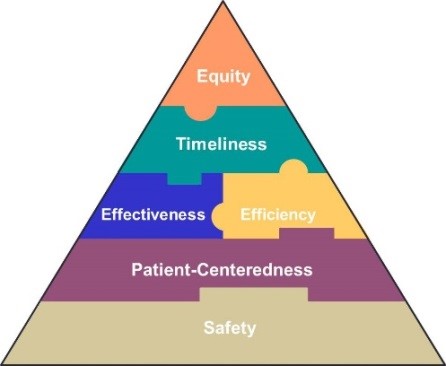Background
The number of Canadians aged 65 and over exceeded four million for the first time in 2006. This represents 14% of the population and numbers will only increase. This change in population demographic will present increasing challenges and resulting pressure points in our healthcare system as older people require and demand more health services.
The Older Persons' Transition in Care (OPTIC) study addresses one such pressure point: residents experiencing a change in care requirements involving transfer to an alternate level of care (i.e., Nursing Home to Emergency Department). This Canadian Institutes of Health Research Partnership project tracked 628 seniors' transitions in Alberta and British Columbia to identify successful transitions from multiple perspectives, in three settings of care: Nursing Homes (NH), Emergency Medical Services (EMS), and Emergency Departments (ED).
|

|
The research was framed around theInstitute of Medicine(IOM) quality framework (safety, patient centeredness, effectiveness, efficiency, timeliness and equity) and sought opportunities for quality improvement. Few Canadian studies have reported on transitions for Nursing Home residents; even fewer offer reassurance that the general hospital (and Emergency Department in particular) provides a high quality or safe experience for the frail Nursing Home resident.
|
The OPTIC study fills this research gap by the complexity of delivering effective and appropriate care during transitions.